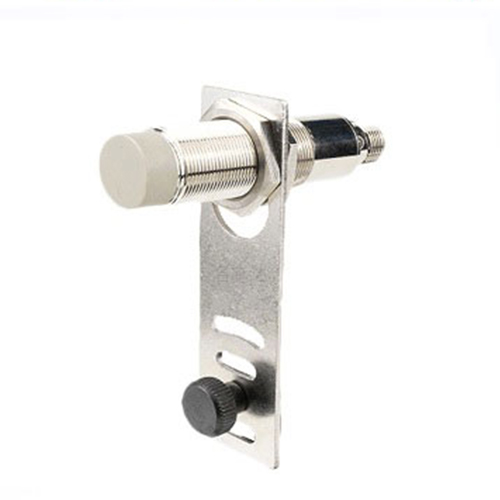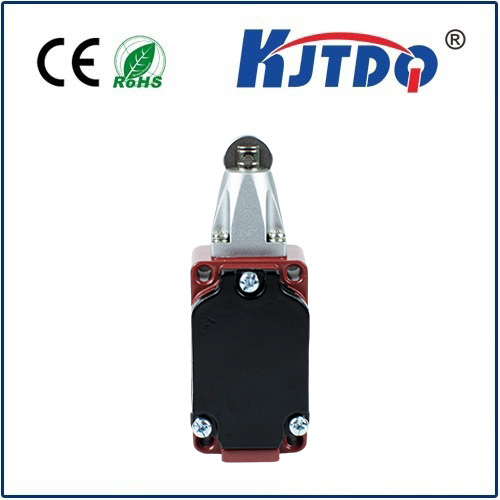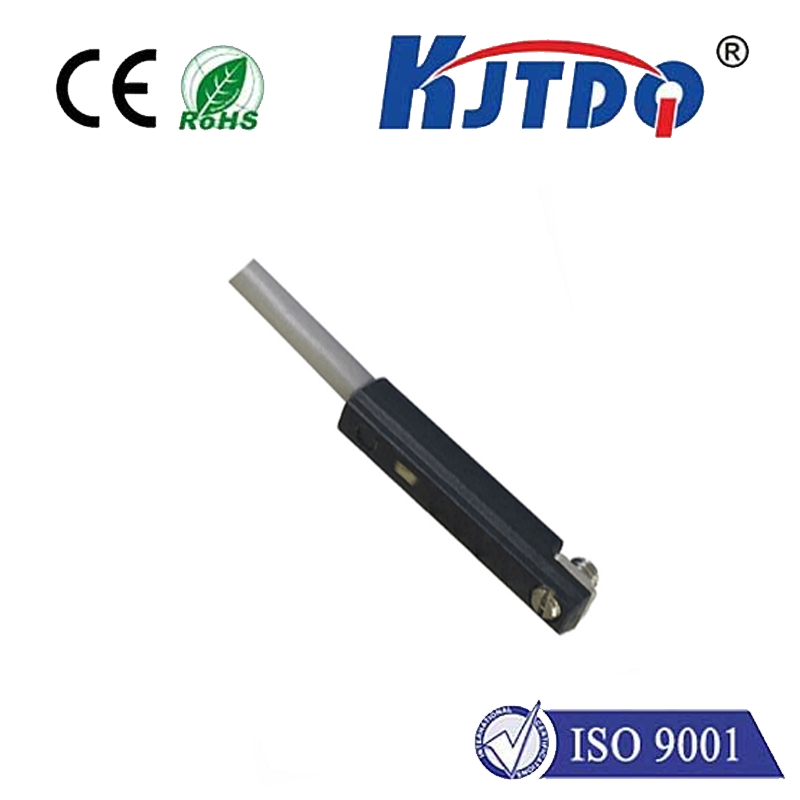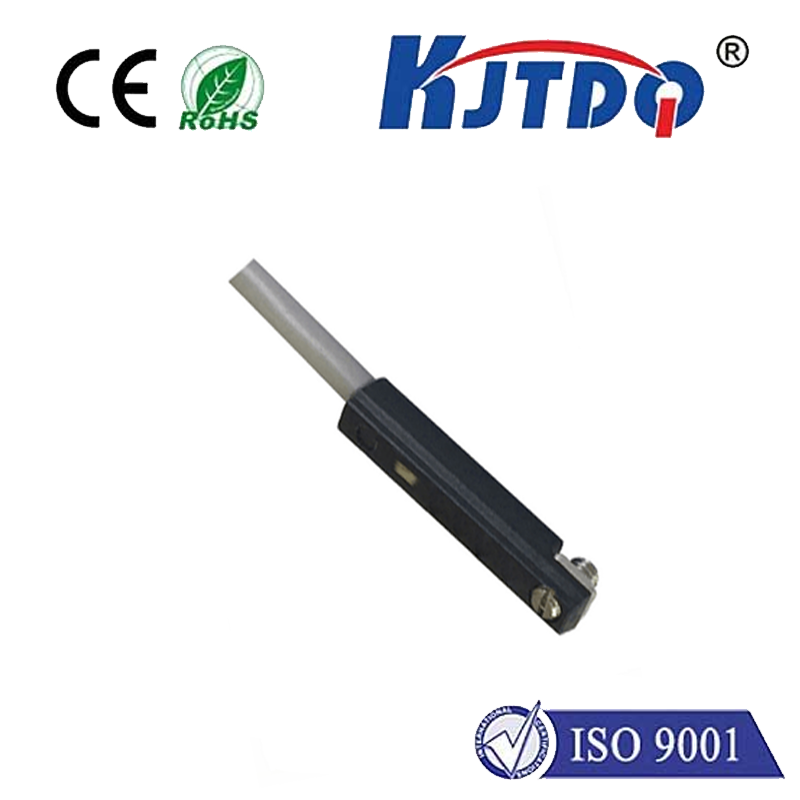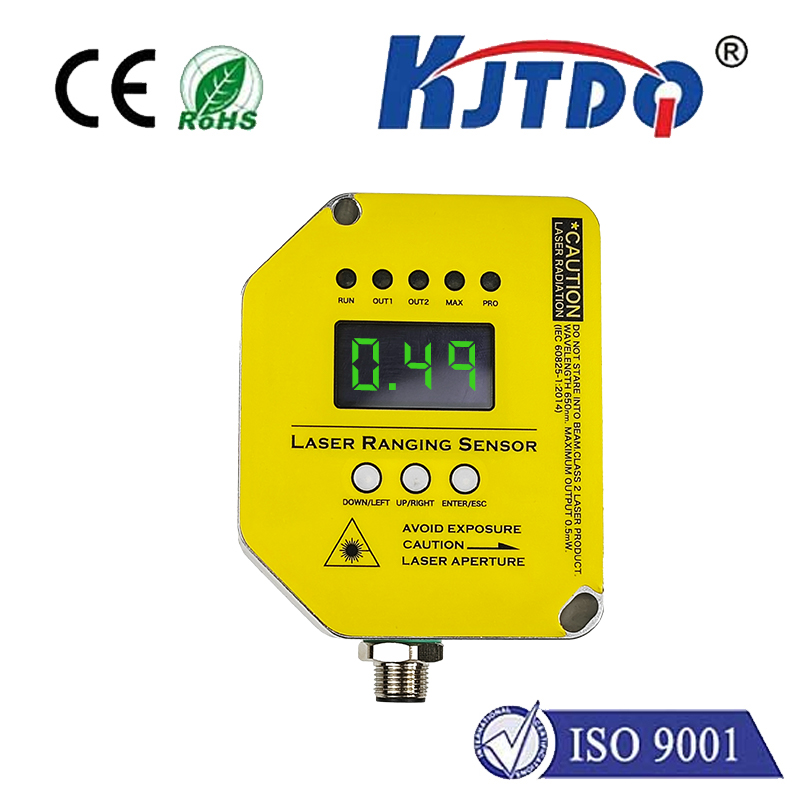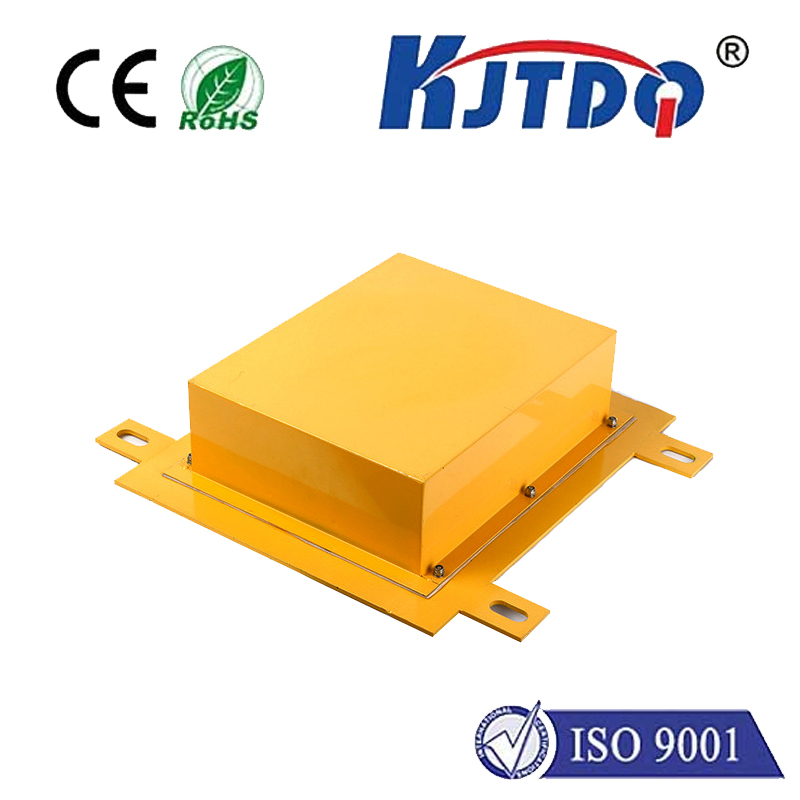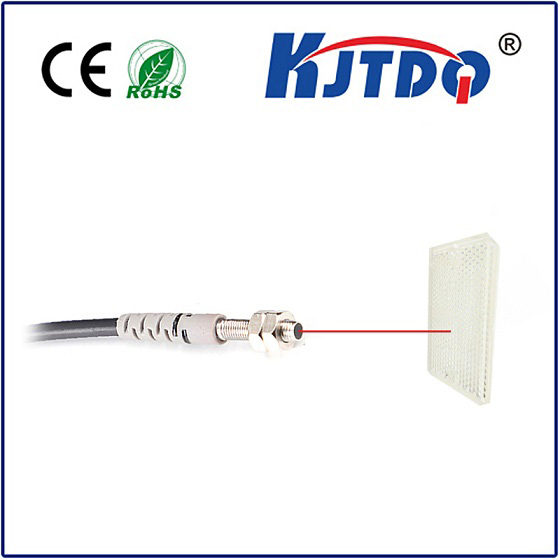Ограниченный переключатель 24vdc
- time:2025-07-31 00:20:20
- Нажмите:0
24VDC Limit Switches: Precision Control & Safety in Industrial Automation
In the intricate ballet of modern machinery, where precision and safety are non-negotiable, a humble yet critical component often plays a starring role: the 24VDC limit switch. These electromechanical workhorses act as the reliable sentinels of automation, providing essential feedback on position, presence, or end-of-travel for countless moving parts. Understanding their function and advantages, particularly operating on 24 volts DC, is key to efficient and safe industrial operations.
More Than Just an On/Off Button: The Core Function
At its heart, a limit switch is a sensor triggered by physical contact. When an object (like a machine part, door, or conveyor belt component) makes contact with the switch’s actuator (a lever, roller, plunger, or whisker), it mechanically moves internal contacts. This action changes the electrical state – typically opening or closing a circuit. This state change sends a clear signal to a controller (like a PLC - Programmable Logic Controller): “The object has reached this specific point.” This simple signal forms the basis for crucial actions: stopping a motor at the end of a track, confirming a safety guard is closed, initiating the next step in a sequence, or preventing over-travel that could damage equipment.
Why 24VDC? The Power Behind the Precision

While limit switches come in various voltage ratings, 24VDC has become exceptionally popular in industrial control systems for compelling reasons:
- Повышение безопасности: Compared to higher AC voltages (like 120VAC or 240VAC), 24VDC is considered a low voltage, significantly reducing the risk of severe electrical shock to personnel during installation, maintenance, or troubleshooting. This makes it a safer choice, especially in environments where operators interact closely with machinery.
- Reduced Electrical Noise Sensitivity: DC power inherently generates less electromagnetic interference (EMI) than AC power. Furthermore, 24VDC circuits are generally less susceptible to noise interference from motors, variable frequency drives (VFDs), and other electrically noisy equipment common in factories. This translates to more reliable signal transmission and fewer false triggers, critical for maintaining process accuracy.
- Compatibility with Modern Control Systems: Programmable Logic Controllers (PLCs), industrial PCs, and most modern sensors and control devices are predominantly designed to operate on 24VDDC power supplies. Using 24VDC limit switches ensures seamless integration within these standardized control architectures, simplifying wiring and component selection.
- Энергоэффективность: Lower voltage systems generally consume less power for control circuitry compared to higher voltage systems, contributing marginally to overall energy savings, particularly in large installations with hundreds of switches.
Where 24VDC Limit Switches Shine: Key Applications
The robustness and reliability of 24VDC limit switches make them indispensable across diverse industries:
- Material Handling & Conveyors: Precisely detecting package position, end-of-line stops, jams, or the presence/absence of items on a line. They ensure smooth operation and prevent collisions.
- Станки: Defining safe travel limits for CNC axes (X, Y, Z), confirming tool changer positions, verifying chuck or fixture clamping, and activating safety interlocks on guards. They protect expensive machinery and operators.
- Packaging Machinery: Detecting filled positions, confirming case or carton placement, actuating sealing mechanisms, and signaling for product ejection. They maintain high-speed packaging accuracy.
- Robotics: Defining home positions for robotic arms, detecting end-of-stroke for grippers or linear actuators, and confirming workpiece pick/place locations. They are vital for repeatable robotic precision.
- Door & Hatch Monitoring: Ensuring safety guards, access panels, elevator doors, or vehicle hatches are securely closed before machinery operation can commence. This is a fundamental safety interlock function.
- Agricultural & Construction Equipment: Monitoring implement positions (e.g., backhoe bucket angle), detecting boom limits, or signaling when a tailgate is fully raised/lowered. They add control and safety to mobile machinery.
Choosing the Right 24VDC Limit Switch: Critical Factors
Selecting the optimal switch isn’t just about voltage. Consider these crucial aspects:
- Actuator Type: The physical interface with the target object dictates the actuator. Common types include:
- Roller Lever: Ideal for applications where the target moves perpendicularly past the switch.
- Rod Lever (Stem Plunger): Suited for direct, straight-line actuation.
- Flexible Rod (Whisker): Good for detecting subtle movements or targets in hard-to-reach places.
- Rotary: Used for rotary motion sensing.
- The actuator must reliably engage with the target under expected speeds and forces.
- Electrical Rating (Current/Voltage): Ensure the switch contacts can handle both the 24VDC control voltage and the current load (amperage) required by the connected device (PLC input, relay coil, solenoid valve). Exceeding ratings causes premature failure.
- Contact Configuration (SPDT, SPST, etc.): Define the switching action needed. Single Pole Single Throw (SPST - NO or NC) or Single Pole Double Throw (SPDT - Changeover) are most common. SPDT offers more wiring flexibility.
- Environmental Protection (IP Rating, NEMA Rating): Assess exposure to dust, moisture, chemicals, temperature extremes, and washdowns. IP65, IP67, or NEMA 4/4X/13 ratings are common requirements for harsh industrial environments to ensure longevity and reliable operation.
- Durability (Mechanical & Electrical Life): Switches are rated for a certain number of operating cycles (mechanical) and electrical load breaks. Choose a rating exceeding the expected duty cycle.
- Housing Material: Metal (stainless steel, zinc die-cast) offers high strength and protection, while robust thermoplastics provide good resistance to corrosion and chemicals at lower cost.
The Unsung Hero of Automation
24VDC limit switches are far from glamorous, but their role is absolutely foundational. By providing robust, reliable, and safe position feedback within the standard low-voltage framework of modern industry, they enable precise machine control, prevent costly damage, and most importantly, help safeguard personnel. Their simplicity, versatility, and proven performance ensure they will remain a critical component on the factory floor and beyond, silently orchestrating the precise movements that drive productivity and safety every single day. Understanding their function and selection criteria is essential for any engineer, technician, or designer working with automated systems.

